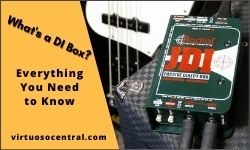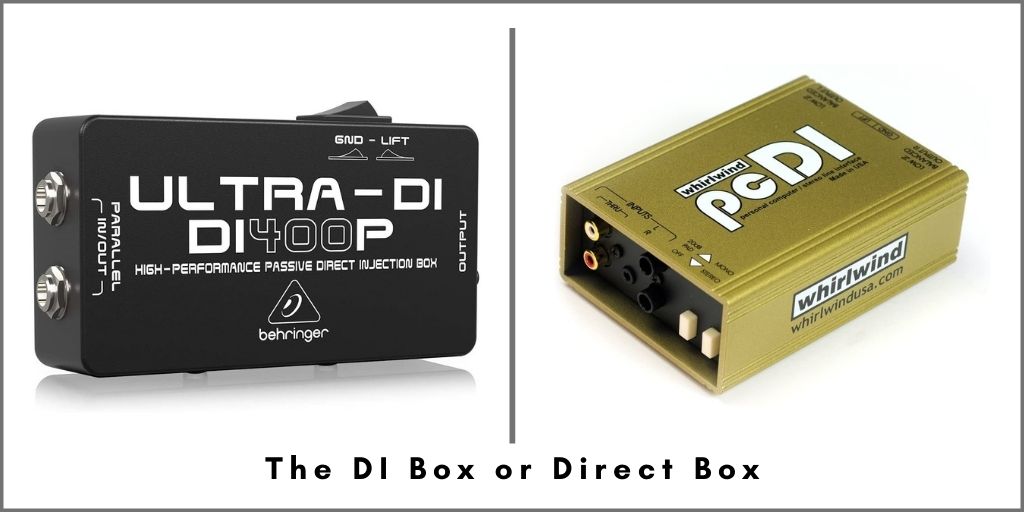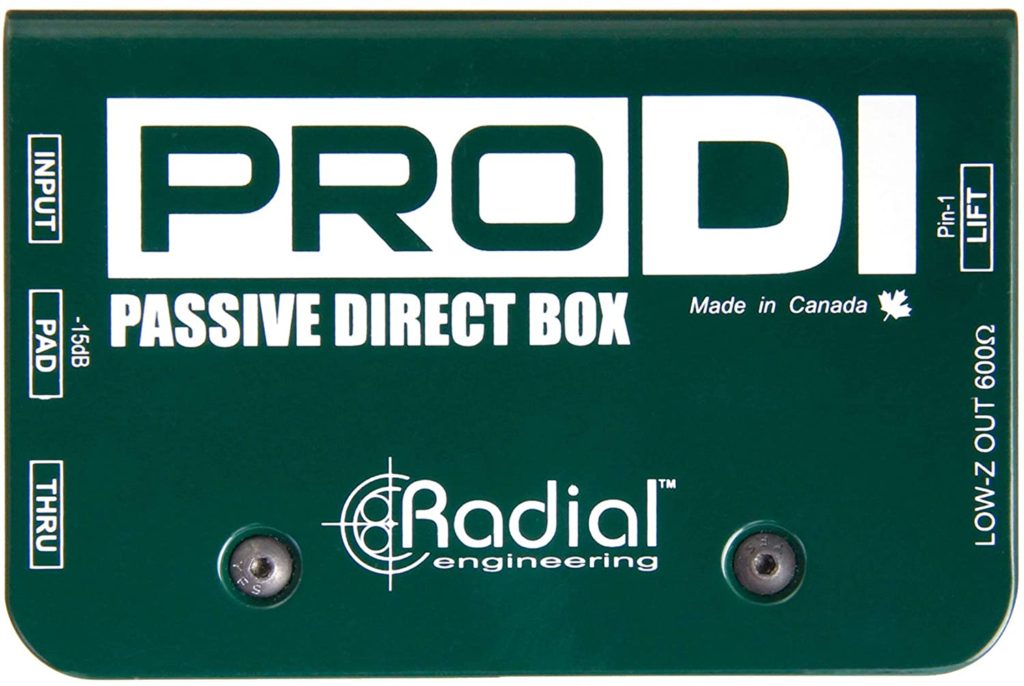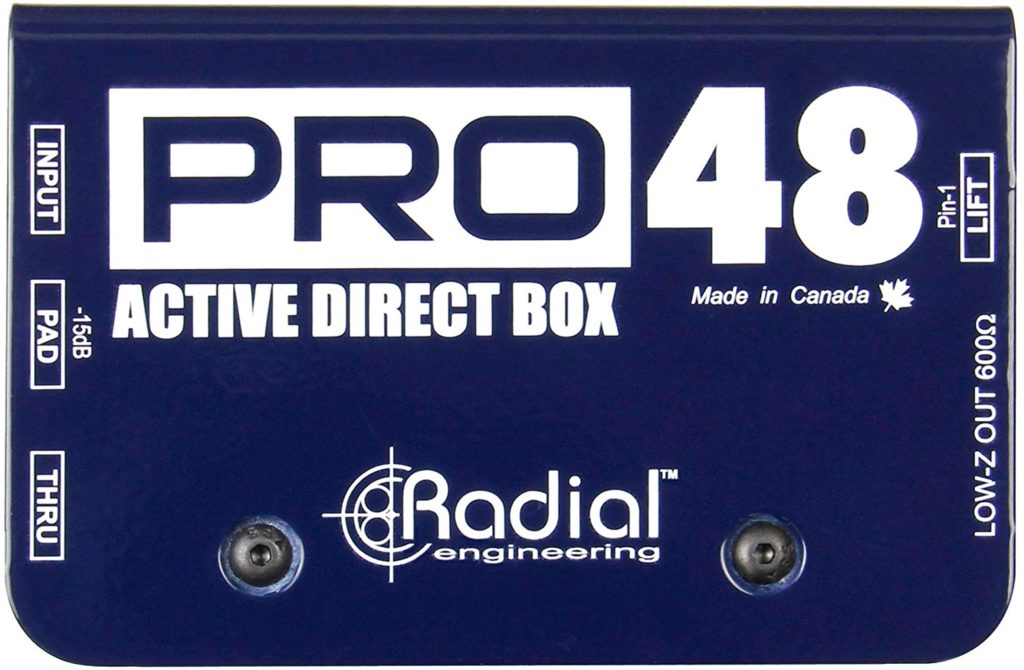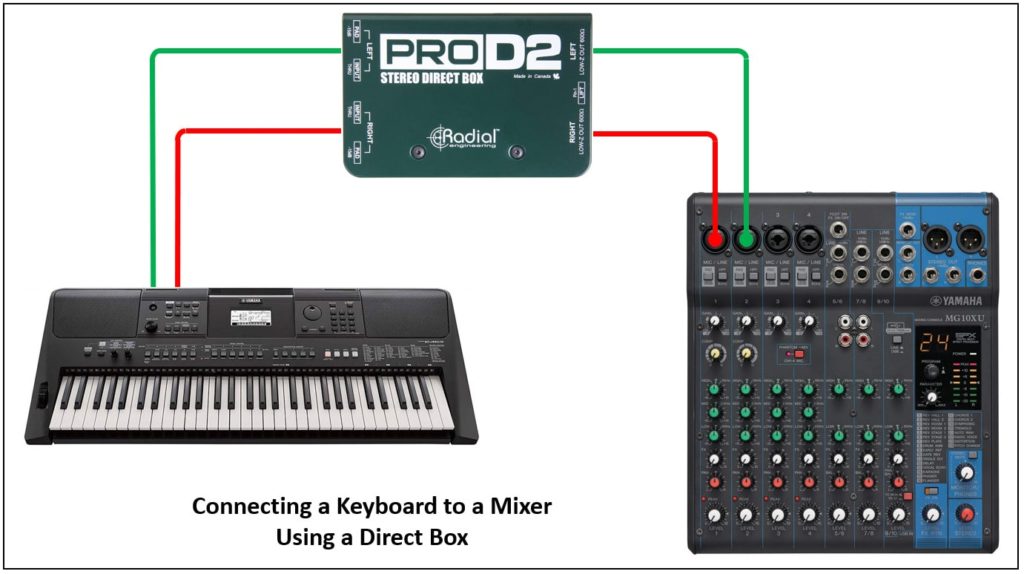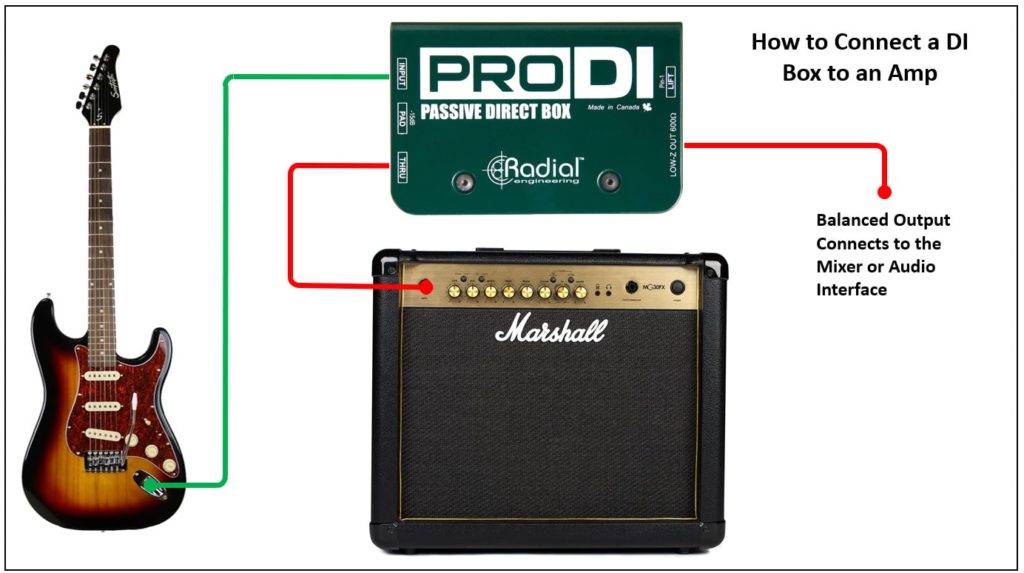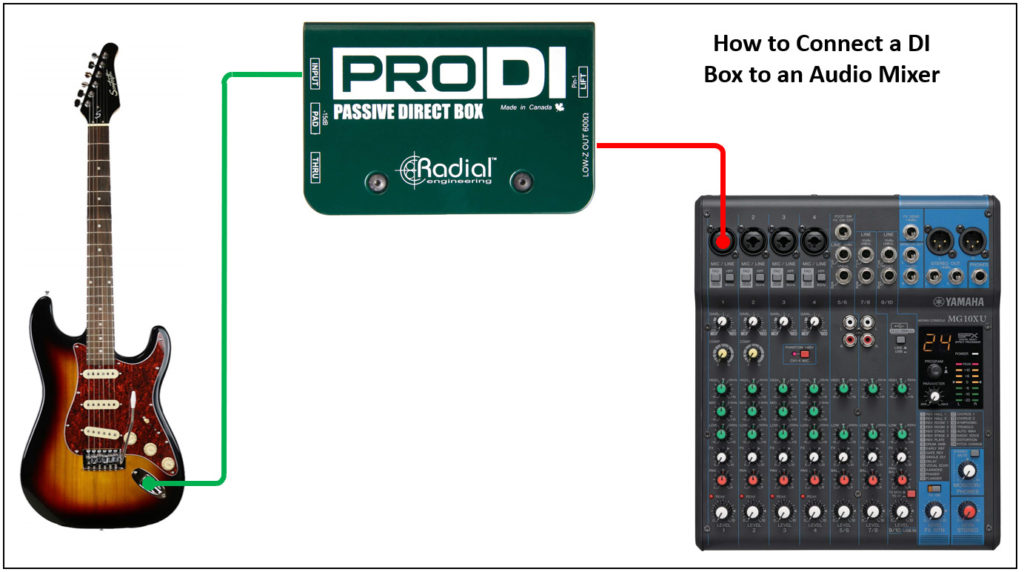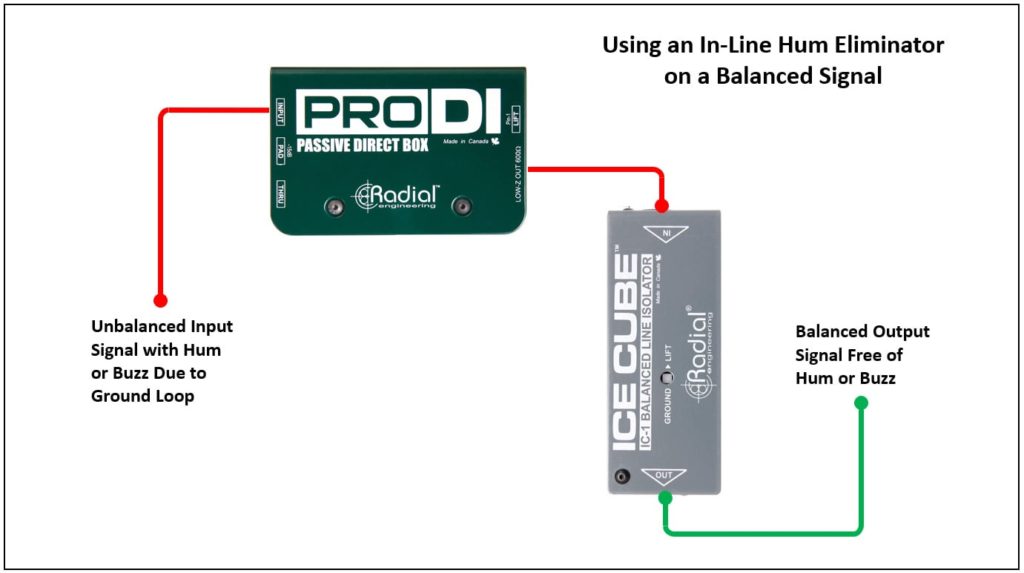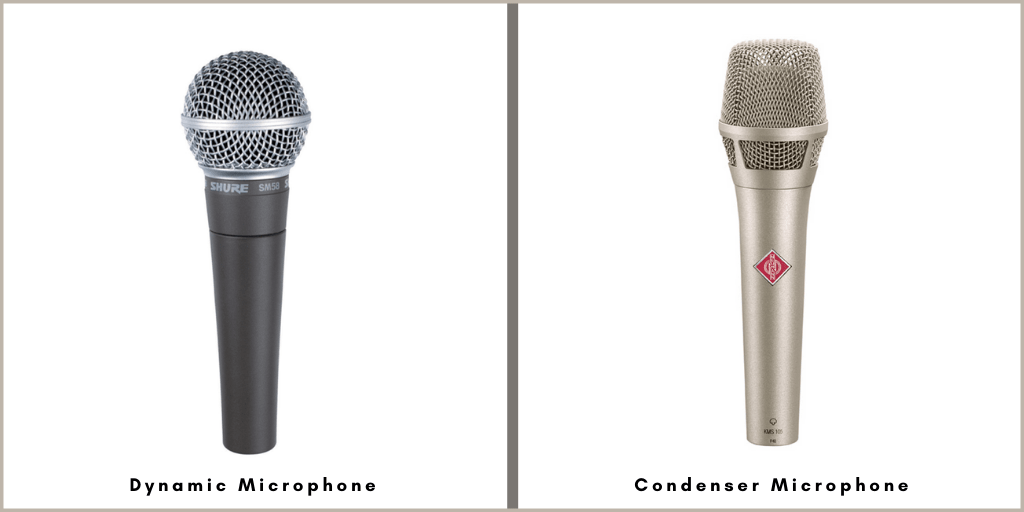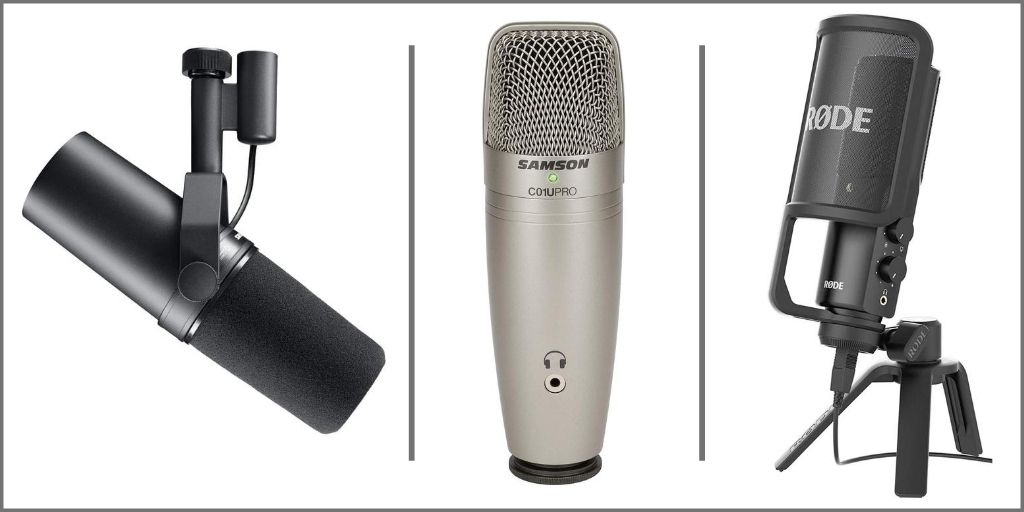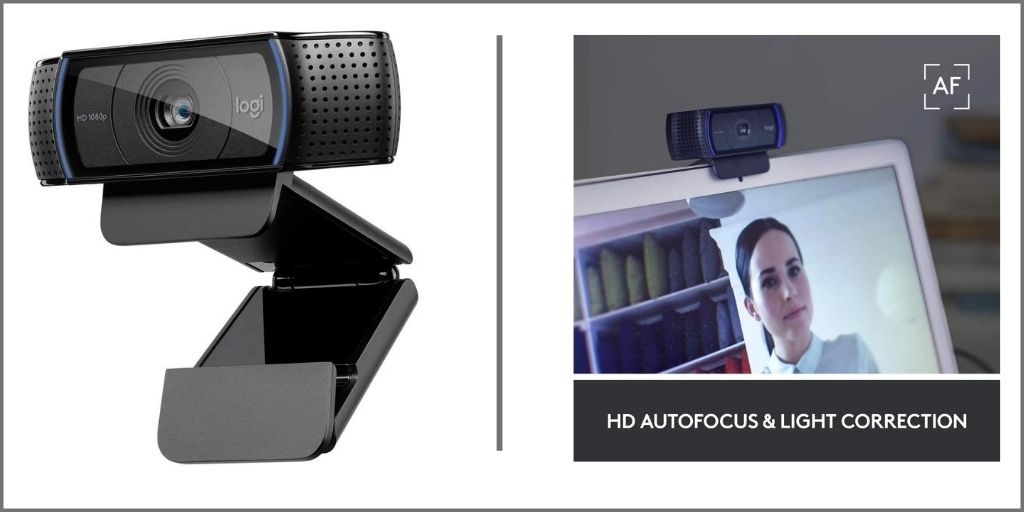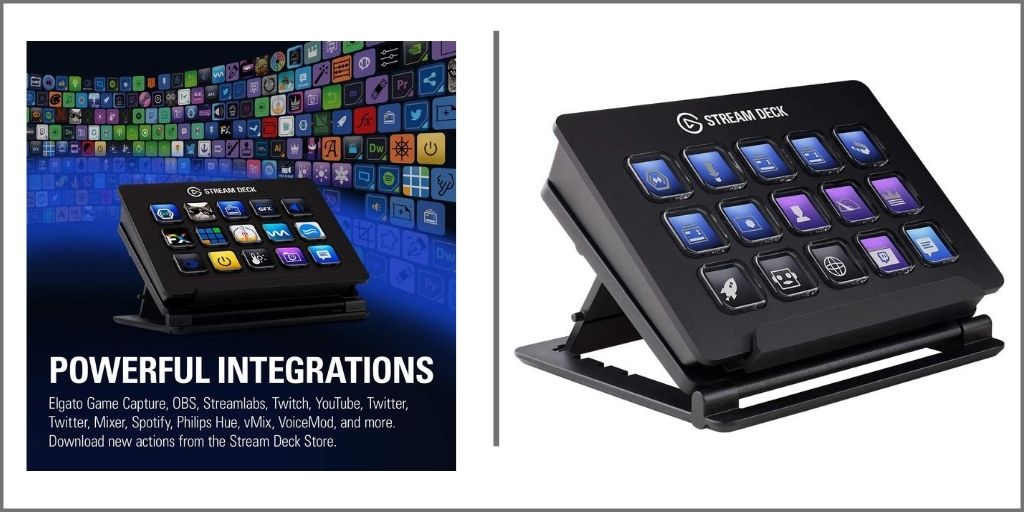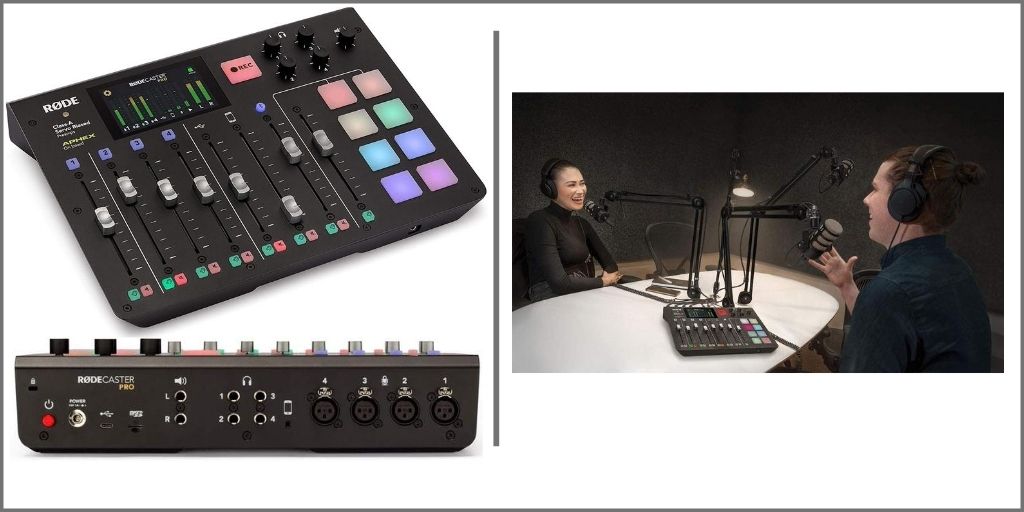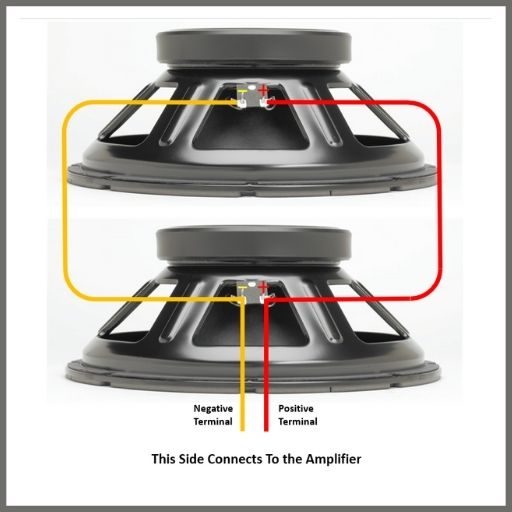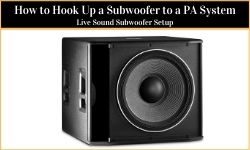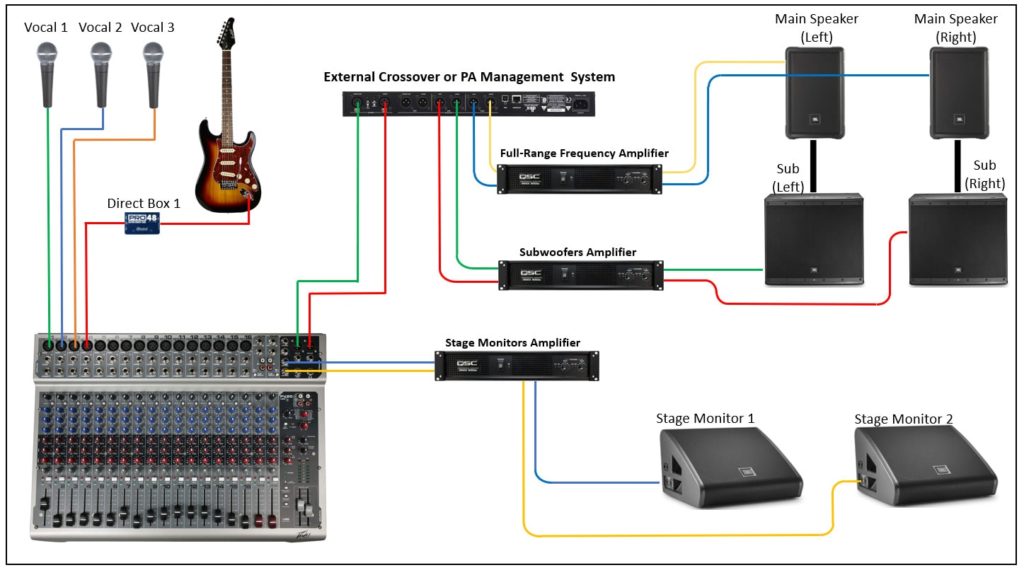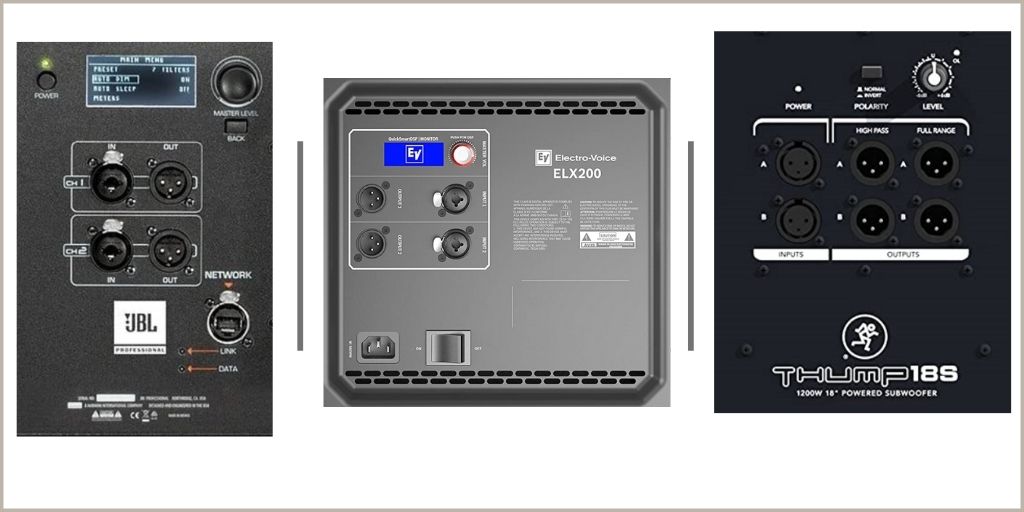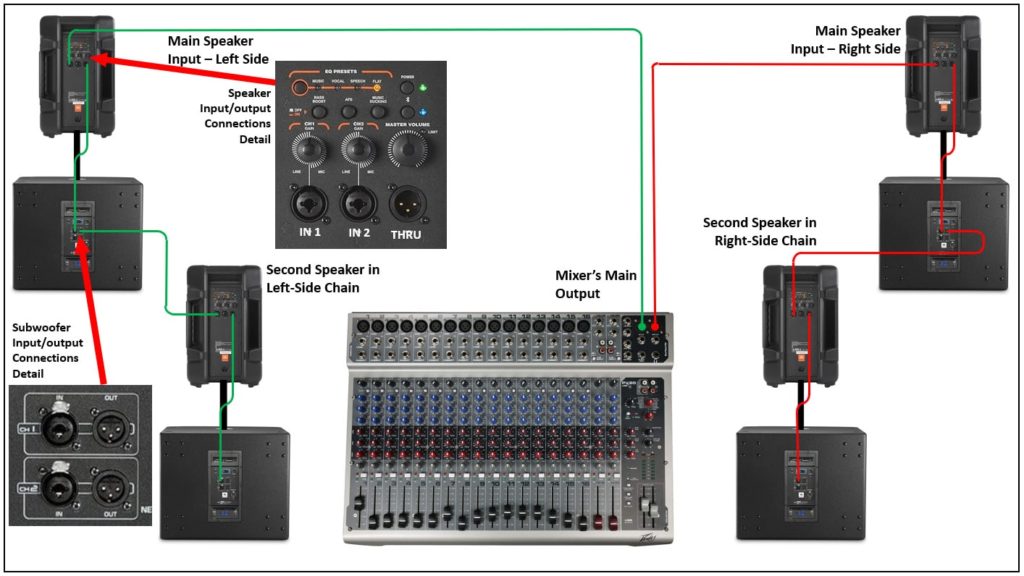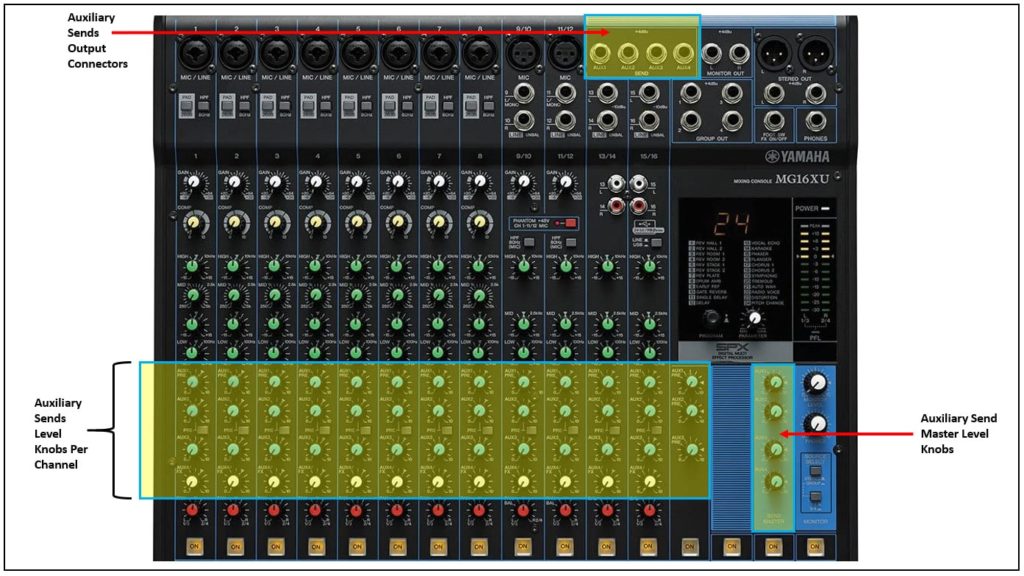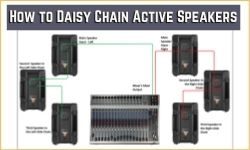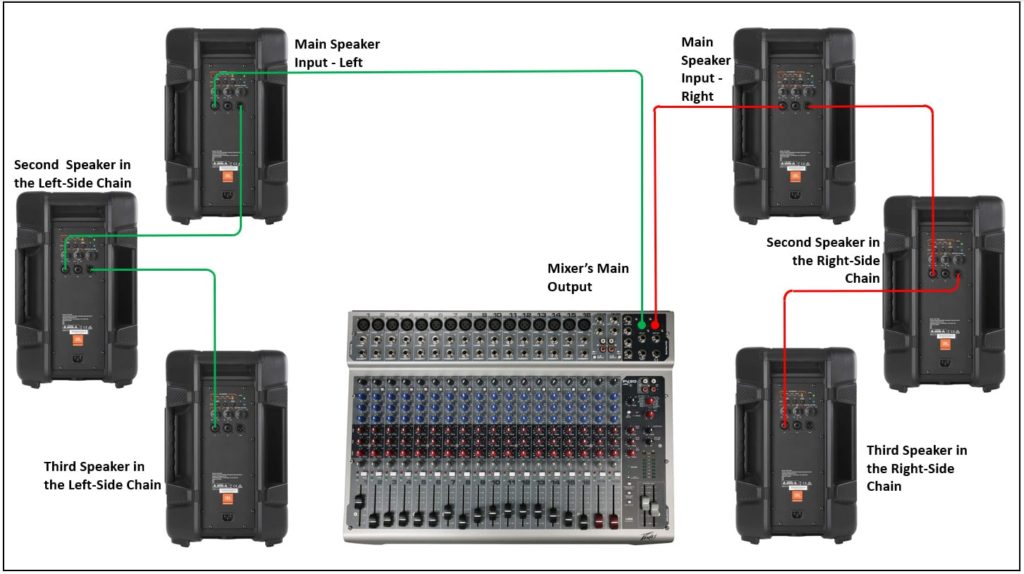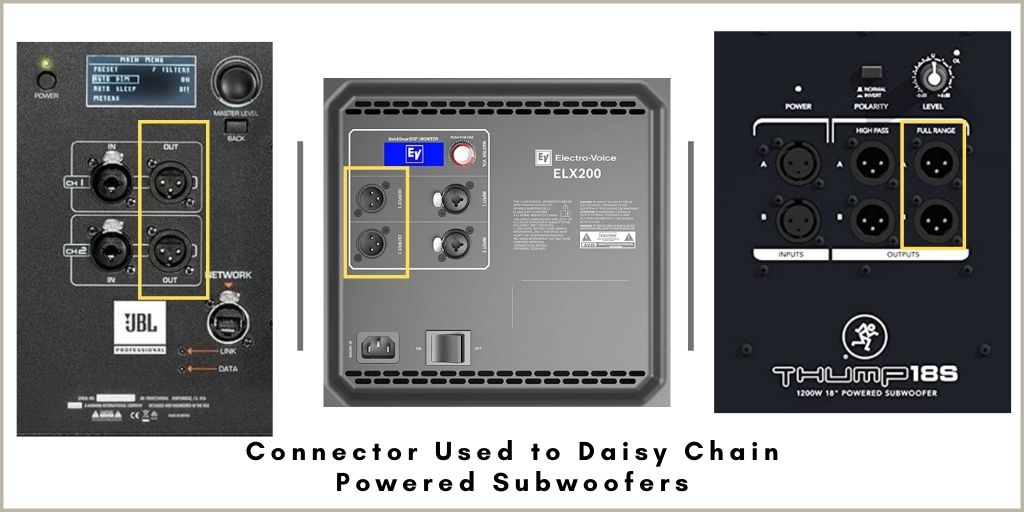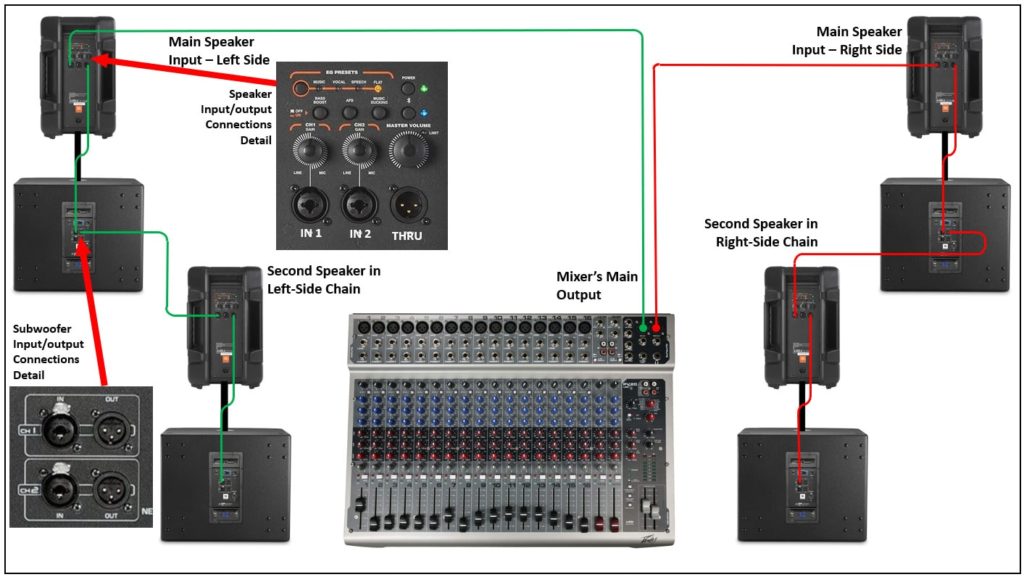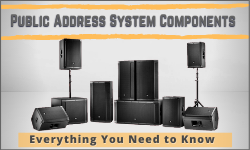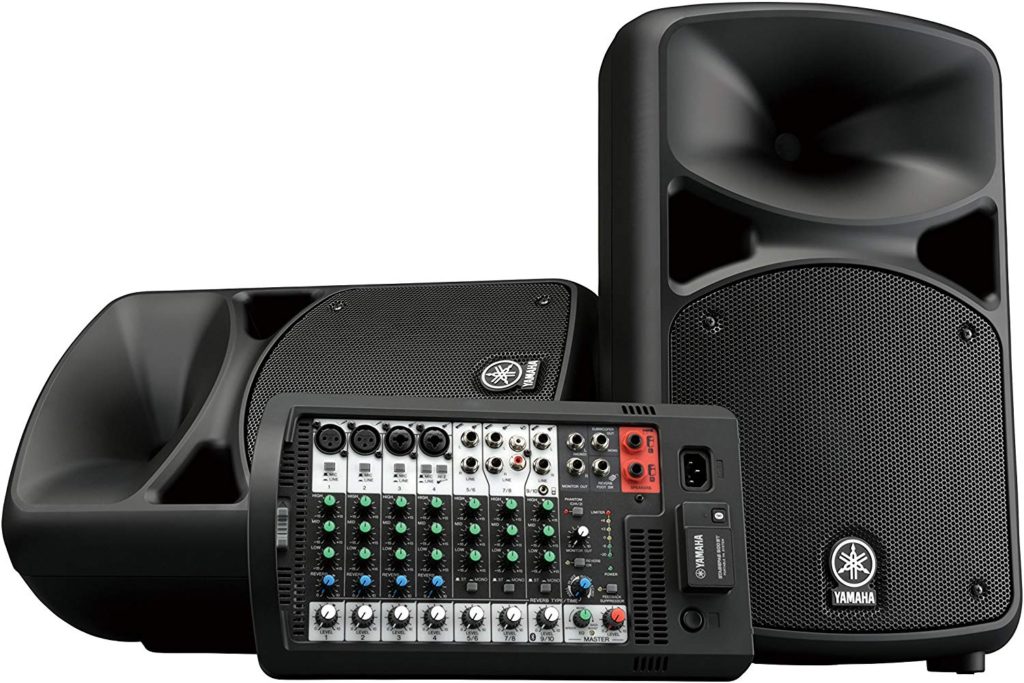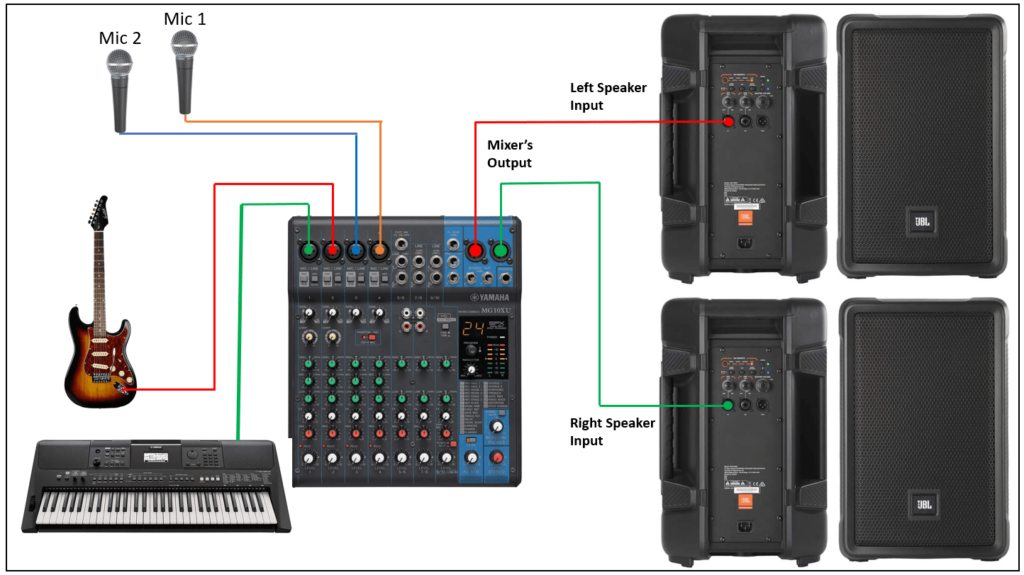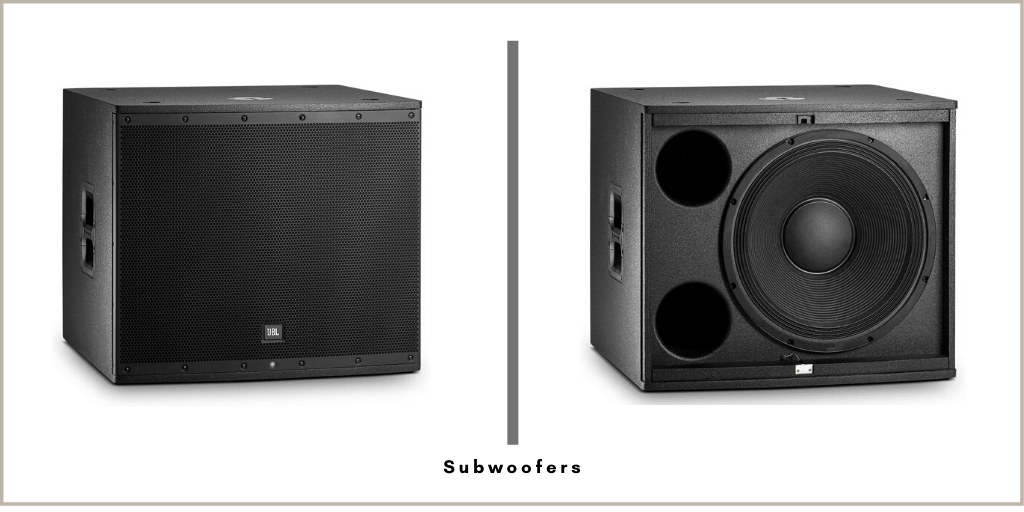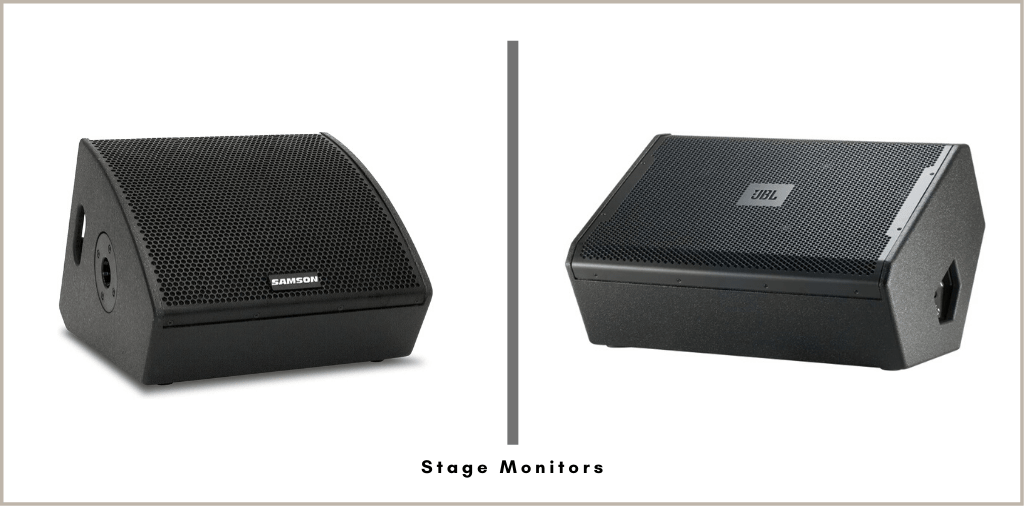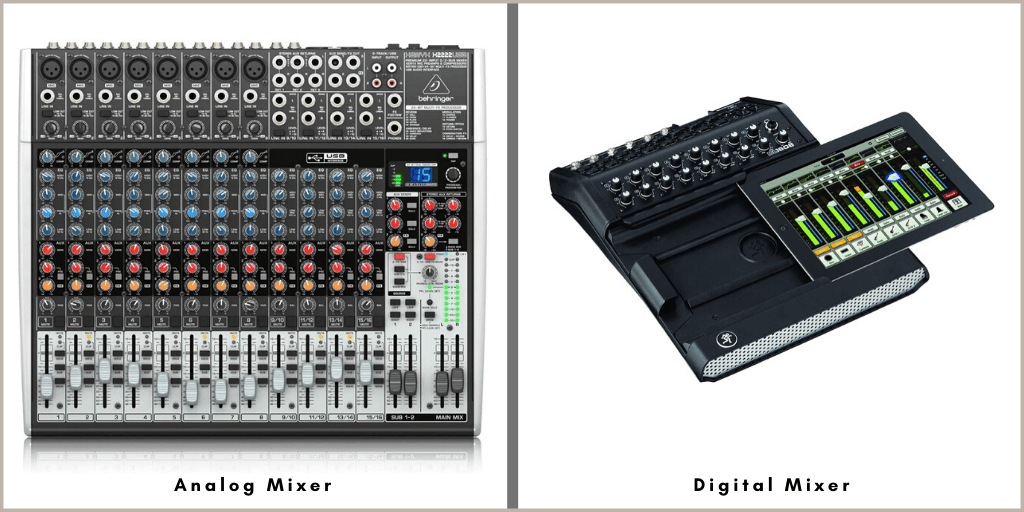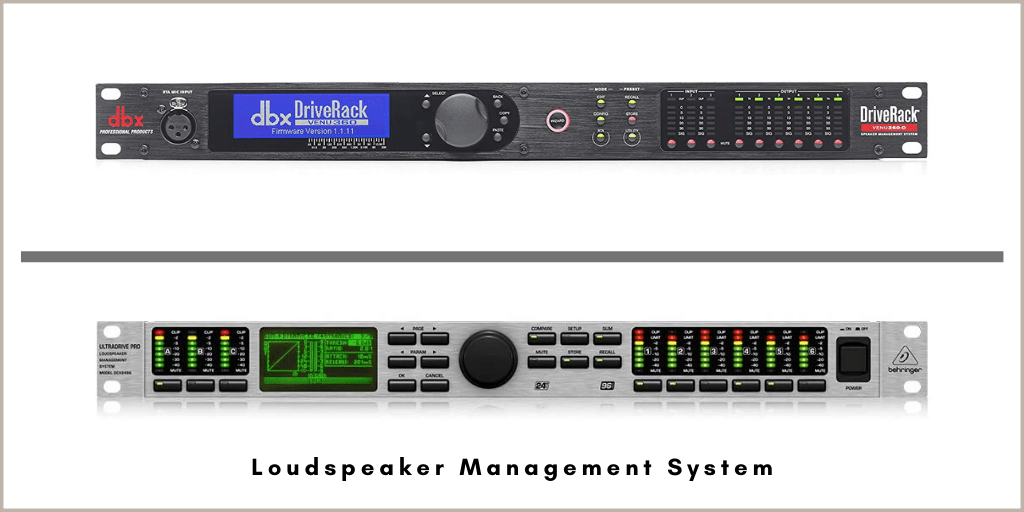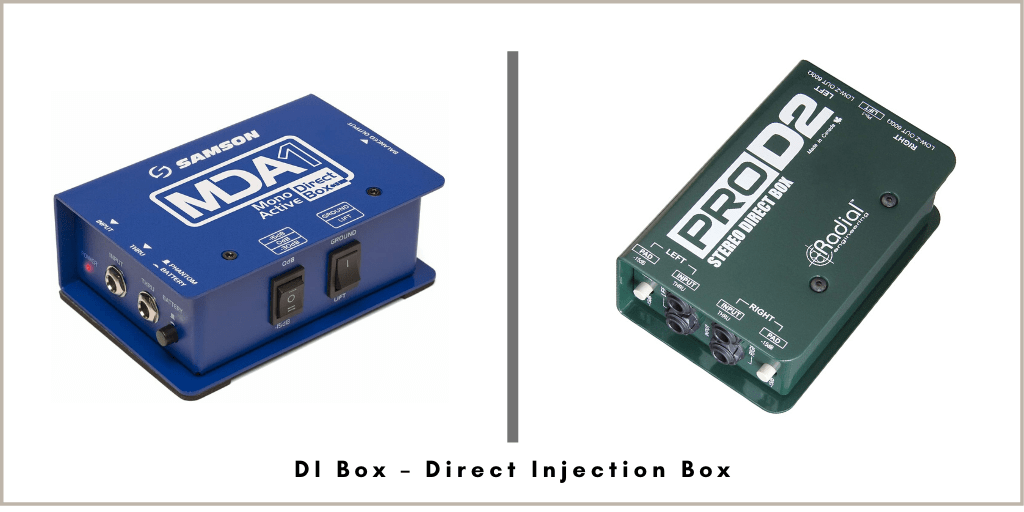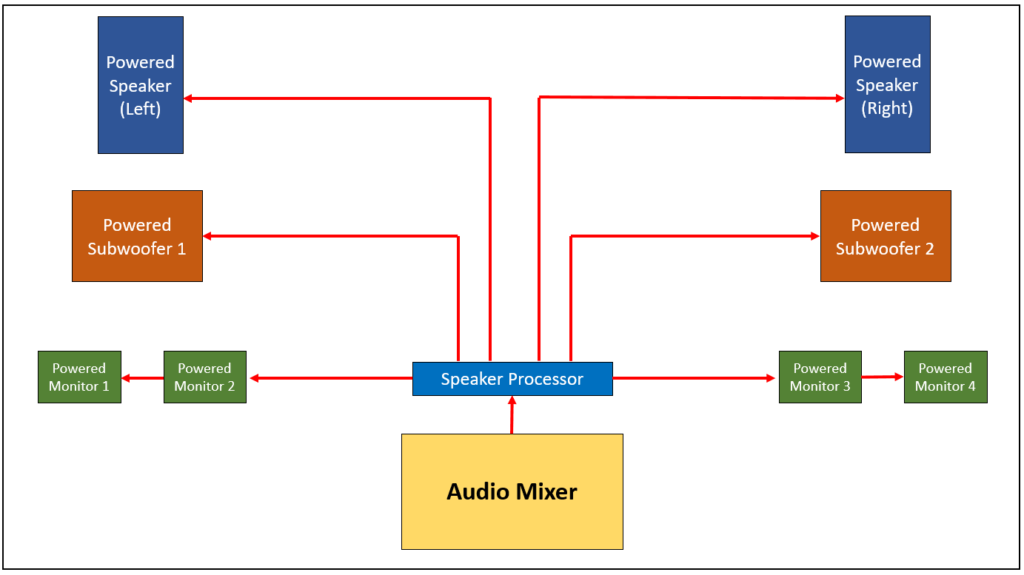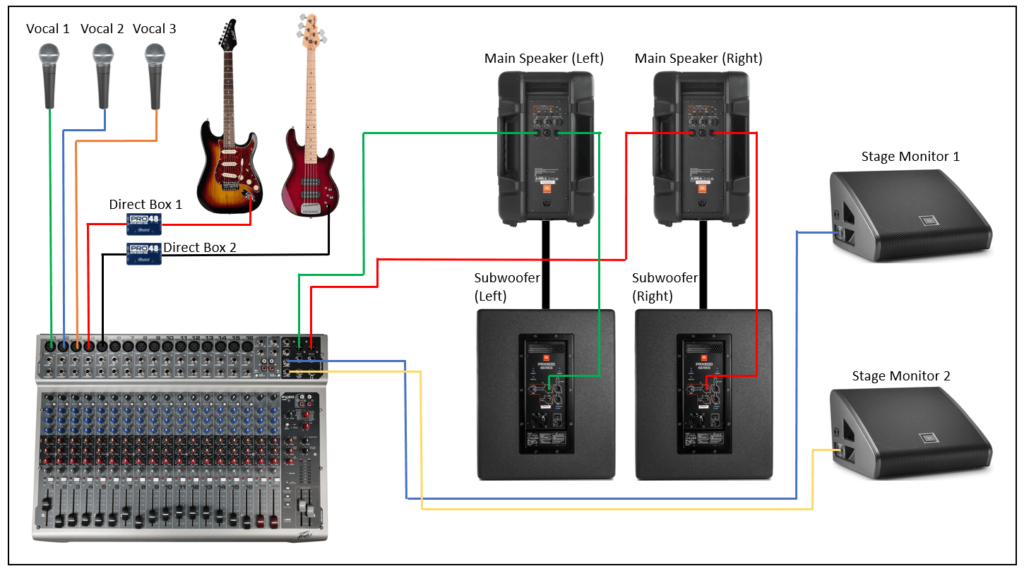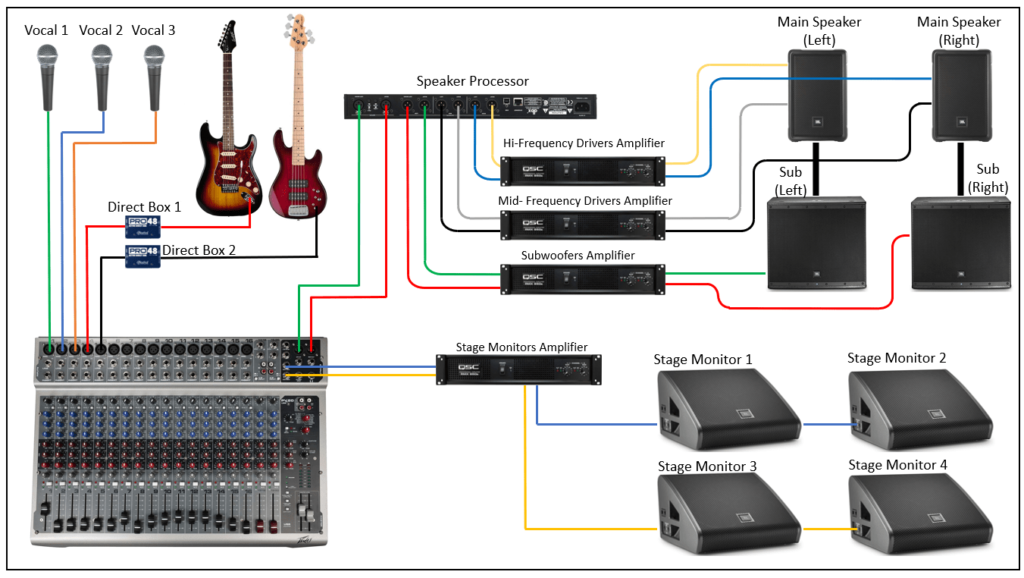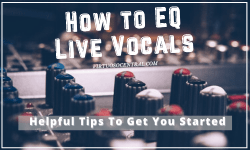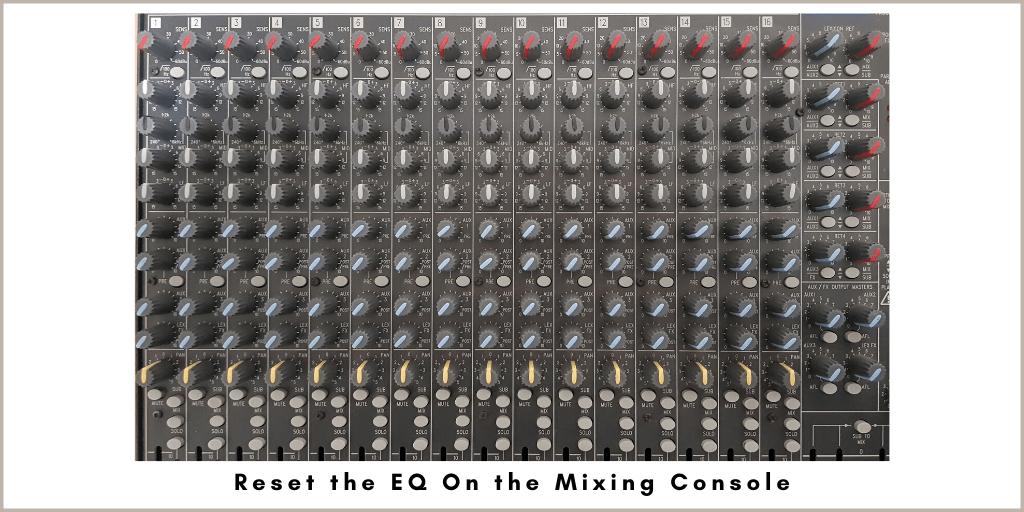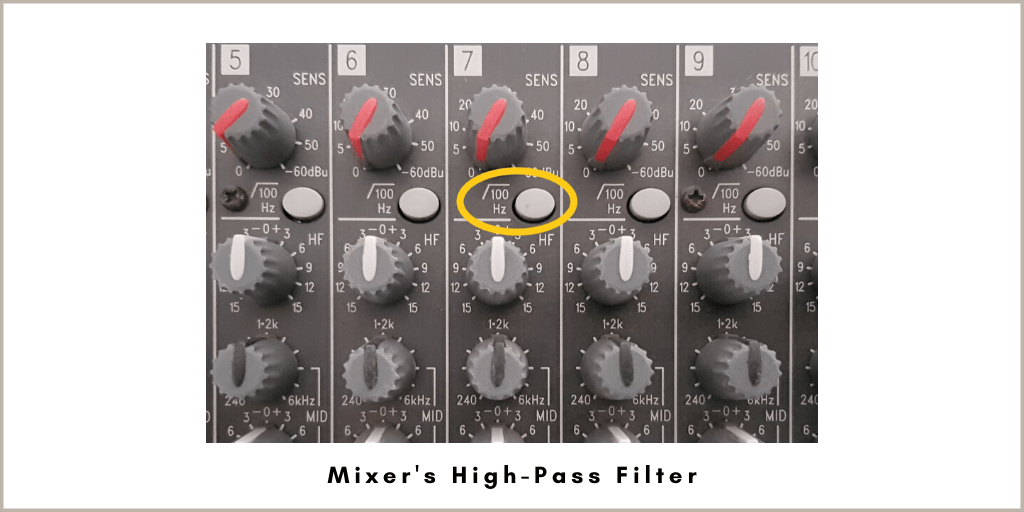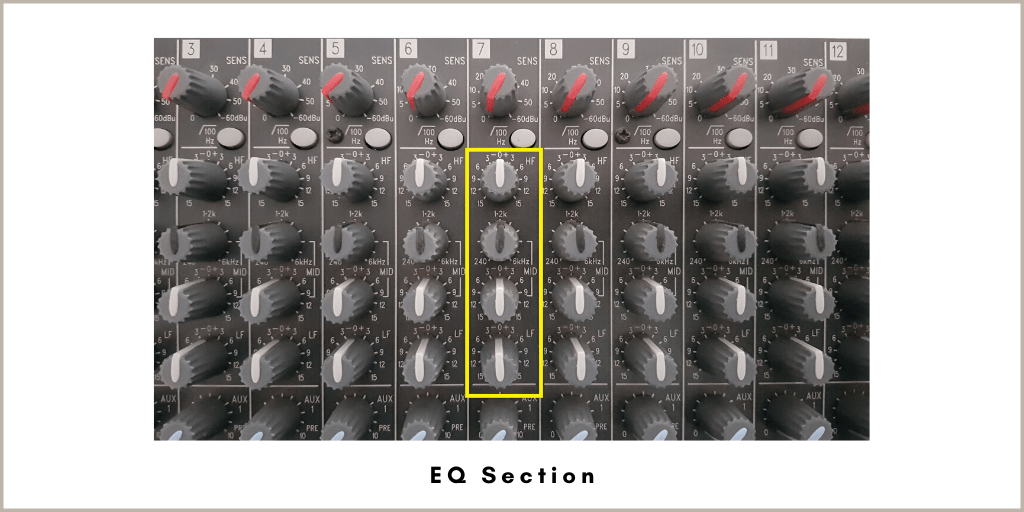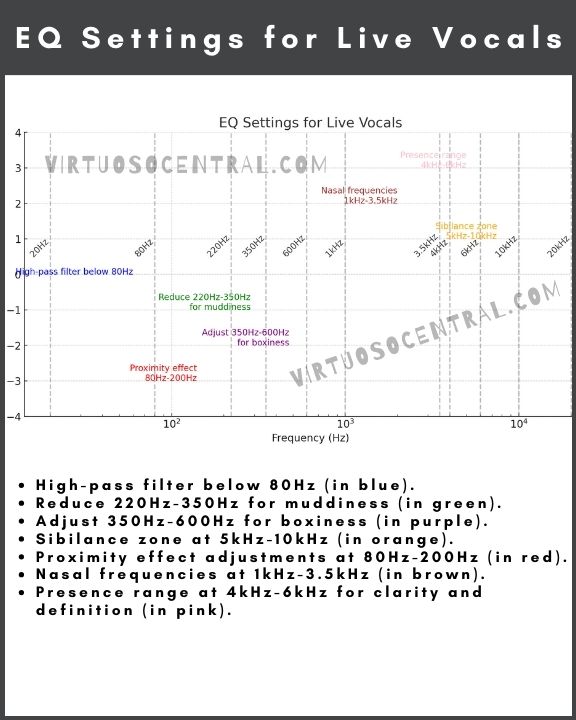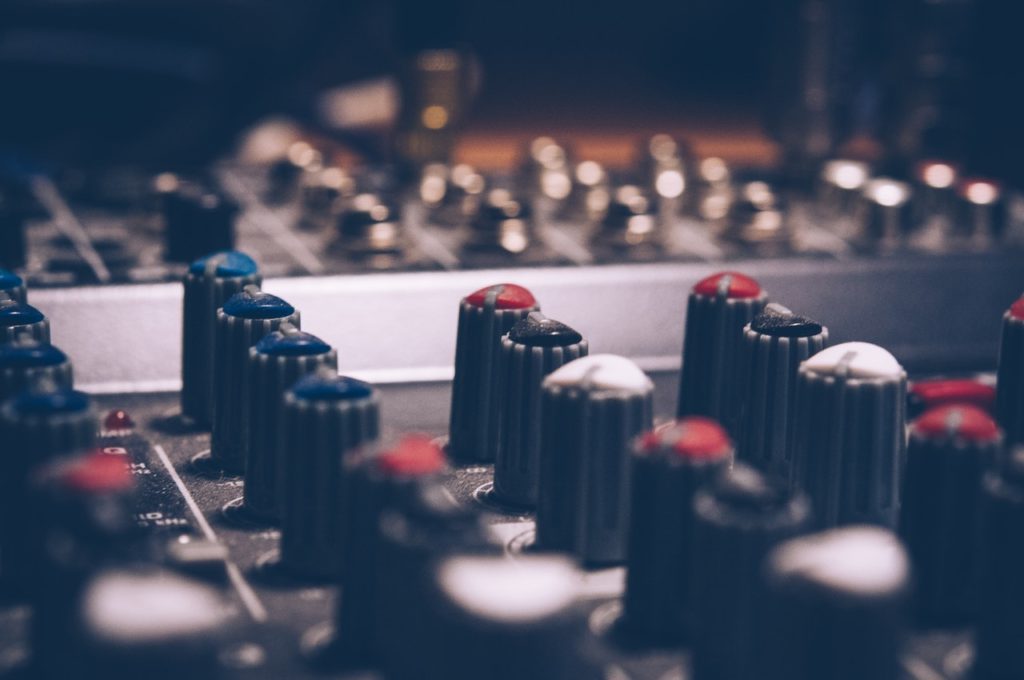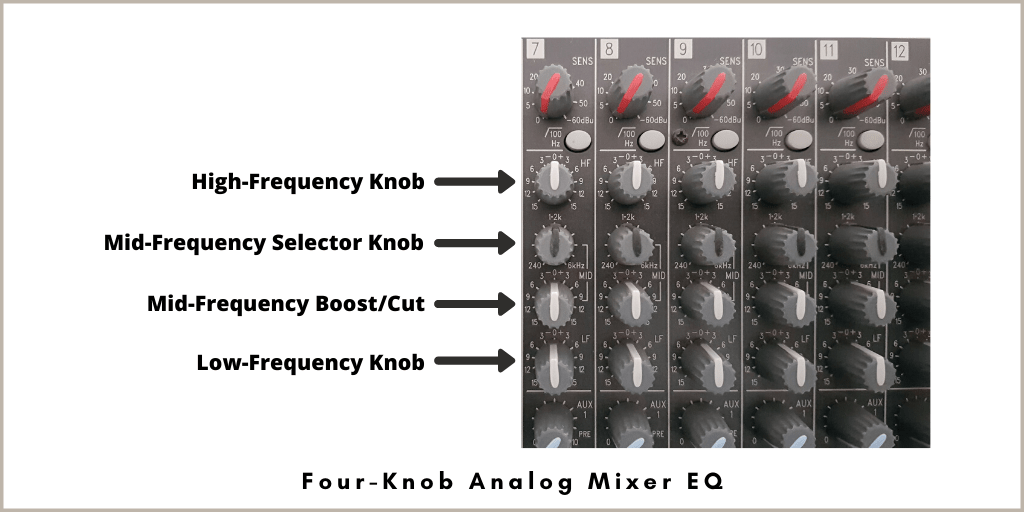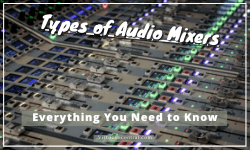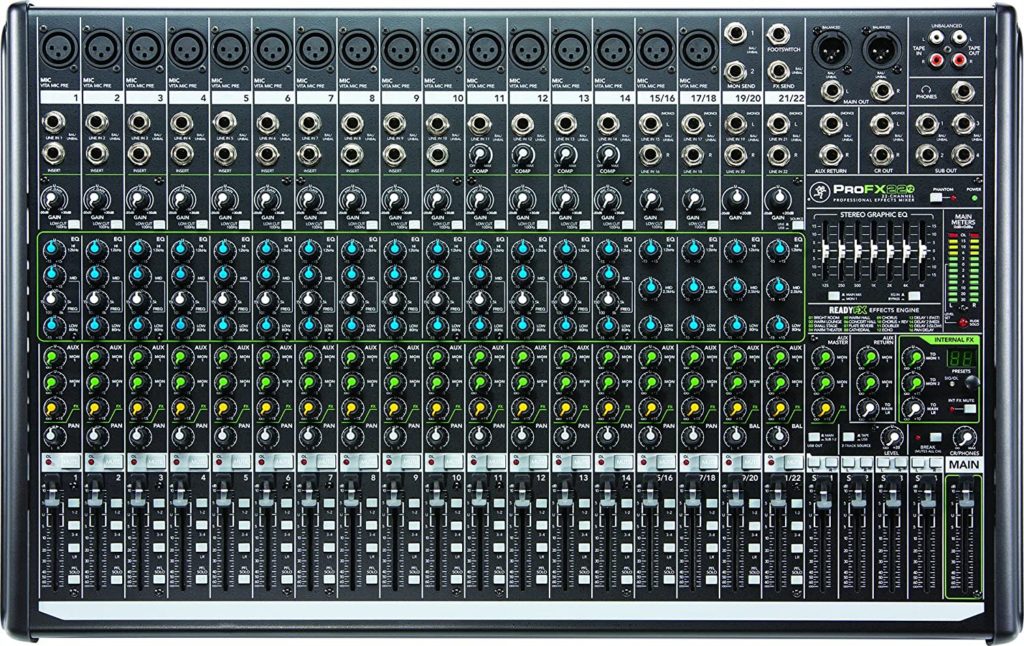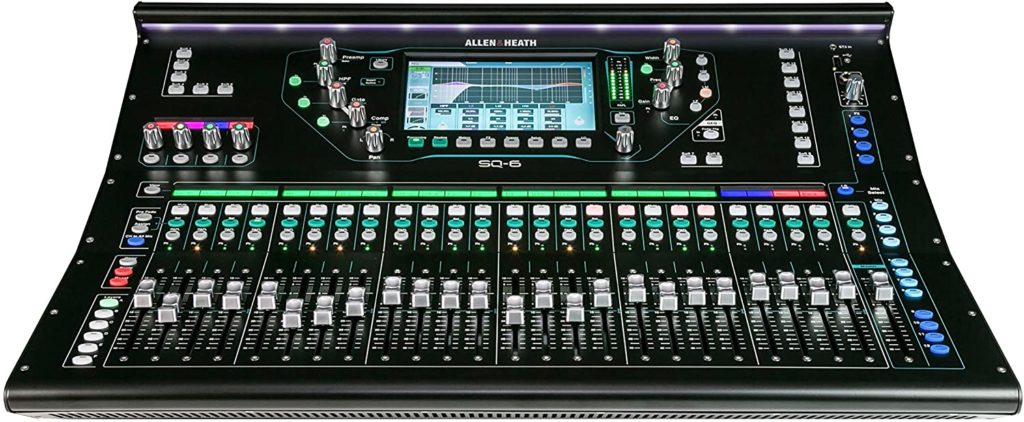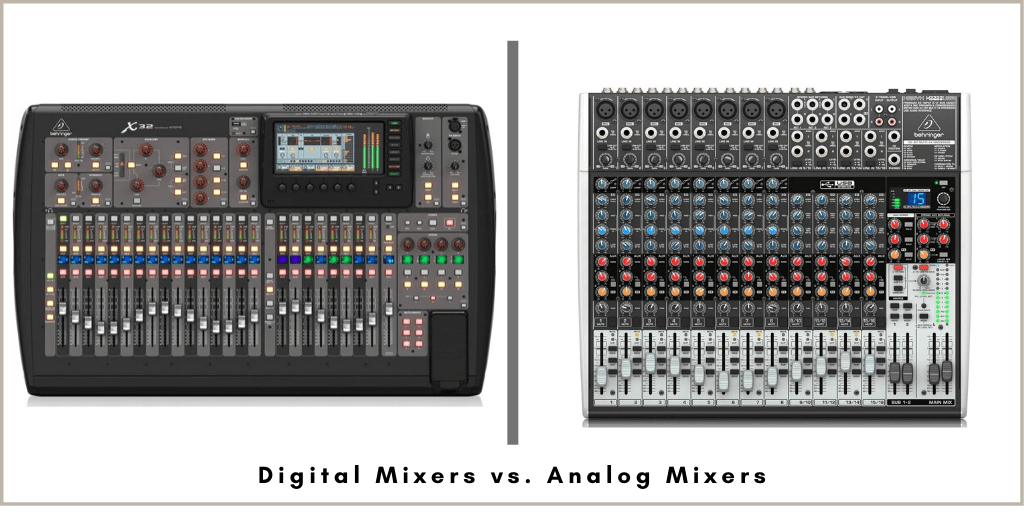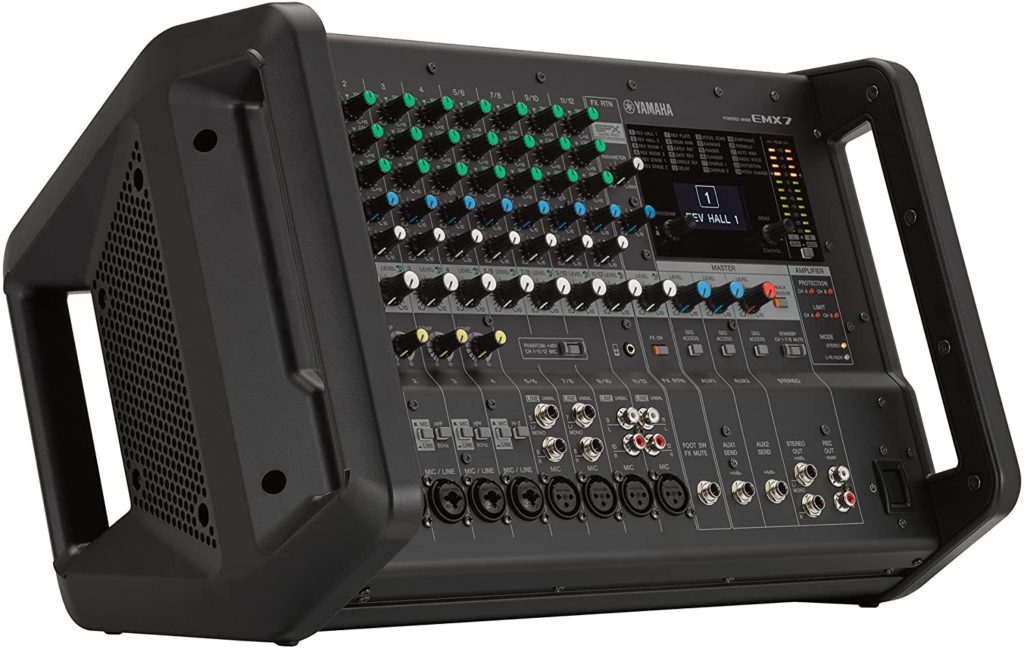When you click on a link and then land on a web page, you start to make very quick judgments about the quality of the content. If the website is poorly designed and looks amateur, you are likely to click away after only a few seconds.
The same is true for the sound quality of your podcast. Some microphones for podcasting are cheap, and therefore the quality of the recorded sound is poor. That is an alarm signal for the listener and may prompt them to disregard your podcast.
Today the listener is bombarded with audio content. So if your podcast is going to make the cut, you need to read about 7 factors to consider when choosing microphones for podcasting. We also share our top picks of microphones for podcasting.
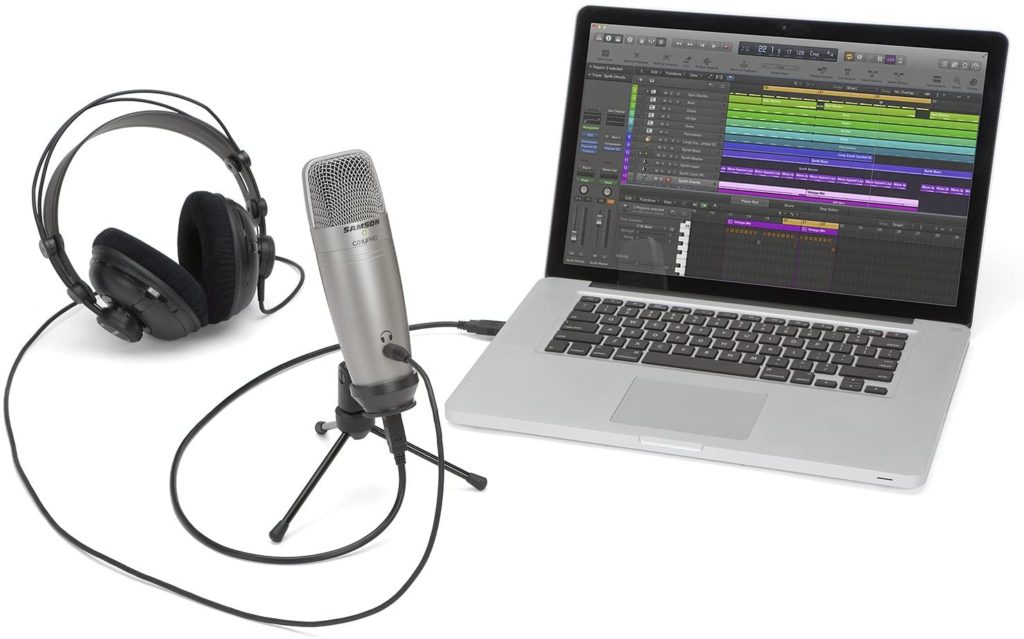
1. What Are You Recording?
Are you going to be recording mainly speech sounds and dialogue? Do you plan to record music regularly? Are there more specific sounds you wish to capture, such as bird songs or other sounds in the natural world?
The purpose of such questions is to prompt you to think about the frequency spectrum of the types of sounds you will be recording compared to the frequency response of your microphone.
Some microphones are more sensitive to high-frequency sound, while others are better at picking up lower base frequencies. As a reference, speech frequencies are typically from about 250Hz up to 6kHz.
2. Where Are You Recording?
Your location will make a difference in the type of microphone that is best suited for your needs.
For example, will you be recording indoors under ‘quiet’ conditions? Do you intend to record sounds outside in the presence of competing noise?
The purpose of these questions is to encourage you to think about the polar sensitivity of the microphone. This refers to the spatial sensitivity of the microphone in all directions.
Some microphones are designed with a directional pattern (cardioid) that is more sensitive to the front of the microphone.
Other microphones are designed with a more omnidirectional pattern that will pick up sounds at the periphery as well as at the front. There are several other variations.
Give careful consideration to whether you want to include or exclude environmental sounds. If your aim is to capture speech as your primary sound while recording outdoors and you don’t want interference from environmental sounds, you will be better served with a more directional polar pattern like hypercardioid or shotgun.
3. Know Your Impedance
A microphone is a transducer. This means it will convert one form of energy into another. The input energy is movement caused by sound pressure waves, which is then converted by the microphone into an electrical signal.
This electrical signal will be an alternating current that is then fed into another device for further processing. Typically that device is a preamp. You can think of the impedance like a sort of electrical resistance.
The important point to consider when choosing your microphone is how the impedance of the microphone compares with the device that will receive the microphone signal.
These must be appropriately matched for the electrical signal to flow optimally and with the least distortion. The output impedance (microphone) should have a ratio of 1:5 with the load impedance (preamp).
4. Dynamic Versus Condenser
In general terms, you could say that dynamic microphones have a broad frequency range and are robust microphones. They don’t require a separate power supply. They are pretty flexible in their usage and are fairly inexpensive.
A condenser microphone is more delicate, yet it is more sensitive to variations in sound level and frequency. Condenser microphones require a separate power supply and tend to be used for recording music and other complex sound mixes.
For a more comprehensive discussion on the subject, check out this helpful guide on the differences between them here.
5. Professionals Don’t Pop
In speech, there is a group of sounds called plosives and refer to the way the sound is formed and created within the human oral cavity.
An example of such a sound is the letter ‘P.’ When this sound is made, there is an expulsion of air that can cause a popping sound through a microphone.
A quality microphone set up will have some acoustically transparent foam protecting the microphone externally, or there will be a layer inside the microphone.
A popping sound on your recording will lead the listener to believe your recordings are being made in the basement by an amateur. This type of filter is referred to as a pop filter.
6. Microphones for Podcasting – Connections
You will need to think about the trade-off between functionality, convenience, and quality of audio recordings. USB connections are very convenient and will give you a good quality recording.
However, the limitation is that these microphones only use one channel, which means the recorded electrical signal shares the same channel with the supply current. This means that there can be noise and distortions in the signal.
XLR connections use two conductors to send the signal, which means that you can have a cleaner signal. Not only that, but an XLR connection will allow you to connect to more sophisticated equipment for processing your recording.
When it comes to connections, it is good to understand the role of a DI box, so with that in mind, check out this helpful explanation here.
7. Drop Factor
You won’t read this on any specification sheet. Yet, it is good to be practical. The reality is that you will knock or drop your microphone at some point.
So it is good to think about how you are going to set up your system. Will it be permanently located and in a stable fixed position? Will you be mobile with it or moving it frequently?
Consider the durability and robustness of the microphone that you need. As a general rule, dynamic microphones tend to be more robust and durable than other types.
Need Any Help?
In this article, you have read about 7 important factors you need to consider when reviewing microphones for podcasting. Remember, quality sound starts with the microphone itself. There is no benefit to using an amazing computer and amplifier if the source signal is poor from a cheap microphone.
If you consider these factors, you will see that you will be able to choose the right microphone for your needs and balance quality with price.
You can also check our article on our top microphone picks for podcasting.
If you have questions or are interested in our buying guide, then you can get in touch here.

